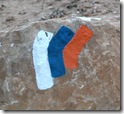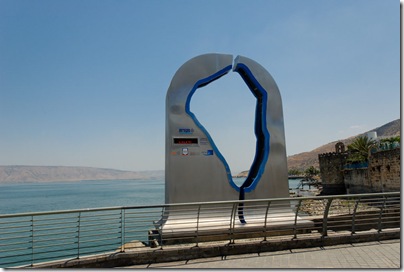En Gedi, the oasis on the western shore of the Dead Sea, may be a more enjoyable place to visit in the future. From the JPost:
The Ein Gedi stream started flowing on Monday for the first time in 50 years, following an agreement signed in May 2007 between Kibbutz Ein Gedi and the Israel Nature and Parks Authority. The agreement stipulates that the kibbutz must let water flow from the Ein Gedi spring into the stream before drawing it for kibbutz use. The agreement also limits the amount of water that the kibbutz may use, thereby increasing the flow from the spring to the stream. The stream dried up in the 1950s because those developing the kibbutz needed its water for agriculture. After that, until the signing of the agreement, the kibbutz drew water directly from the spring, which was the stream’s source. The Ein Gedi water company also drew from the spring prior to the deal. “We didn’t deal with the principal question of whether the kibbutz needed to get this water,” said Omri Gal, an assistant spokesperson for INPA. “We took as a given that the kibbutz needed that water. Our goal was to lessen the damage to the water. The previous situation was unacceptable, and the stream was a tragedy.” Several months later, after the kibbutz dismantled its water-drawing facilities, water has begun to flow down the stream at a rate of 10 meters per second, a number that should rise to 25 by the time the process is completed. Though the Ein Gedi water, if not drawn, would flow to the Dead Sea, Gal said that its reaching the stream brought tremendous benefit to the surrounding area, as well as to the government agency that protects it. “This is an amazing thing for the environment,” he said. “Ein Gedi is an important natural area. There have been guards working there for 30 years, and for them this is a holiday.”

